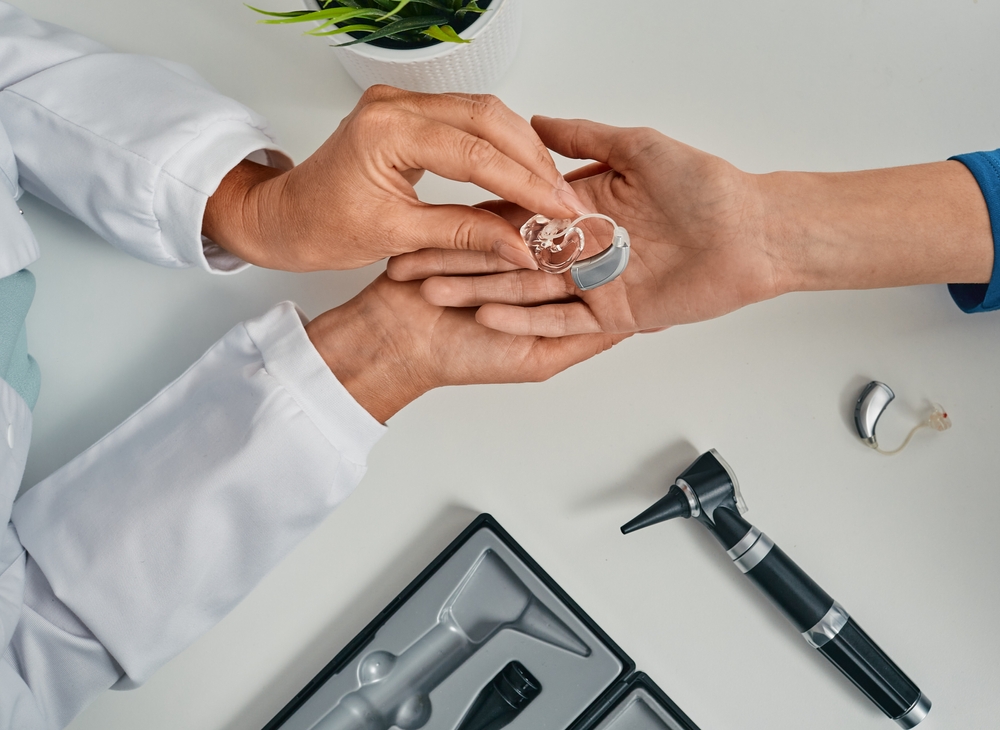
Hearing aids perform a vital role in improving sound clarity and enriching daily communication. For optimal performance, it’s crucial to schedule routine upkeep and routine professional cleaning sessions. As a result of extended use, a buildup of earwax, moisture, and other particles can happen, causing performance to decline. Knowing when it is time to arrange professional maintenance can help prolong the longevity of your hearing aids and ensure they continue to operate at their best.
The significance of professional hearing aid cleaning
In spite of regular maintenance at home, hearing aids can gradually collect debris that could impact how well they work and the quality of sound they produce. Professional routine maintenance offers numerous major benefits:
- Thorough Sanitizing– Thoroughly eradicates stubborn earwax, dust, and moisture that regular cleaning methods frequently miss.
- Improved efficiency – Removes blockages that might cause muted audio or distortion.
- Extended Lifespan– Prevents early wear and tear, decreasing the need for repair work or replacements.
Having your hearing aids cleaned by a professional helps ensure they work at their best, decreasing the likelihood of sudden breakdowns.
Signals that your hearing aids need professional upkeep
Not sure if your device is due for a deep clean by a pro? Look out for these telltale indicators that it’s time to call in the experts:
- Muted or Distorted Sound: If voices and environmental sounds seem unclear, weak, or distorted, it might be due to wax or debris blocking the microphone or speaker.
- Relentless Whistling or Feedback: A high-pitched whistling sound (feedback) can signify wax buildup or a poor fit. A professional cleaning can help remove blockages and fine-tune the fit.
- Issues with Volume Control: If adjusting the volume doesn’t seem to have the desired effect, internal elements may require repair or software recalibration.
- High humidity can impact the device’s internal components, causing sporadic audio interruptions or unreliable button control. A qualified expert can evaluate and resolve issues related to dampness or water damage.
- If you observe an obvious increase of earwax or dirt on your hearing aids, it is recommended to get them professionally cleaned for a more thorough elimination compared to cleaning them at home.
- Implement specialized tools to carefully remove wax, debris, and humidity from sensitive elements without doing damage.
- Examine and repair components to verify all elements are functioning properly.
- Check software and hardware for any functionality problems impacting sound quality.
- Replace any tubing or filters that may be impacting the performance of the device.
- General maintenance should be conducted every 3 to 6 months.
- More regular cleanings are recommended for individuals prone to excessive earwax buildup or those living in humid environments.
- As soon as problems emerge, dealing with modest problems early can prevent costly repairs.
What does a professional hearing aid cleaning look like?
A professional cleaning visit goes beyond standard maintenance and ensures your devices function efficiently. Here a few things your hearing specialist will accomplish during a cleaning:
How frequently should you schedule professional maintenance?
The frequency of professional cleanings relies on factors such as earwax production, humidity levels, and usage habits. General recommendations include:
Maintain your hearing aids for ideal performance
To keep your hearing aids working efficiently and providing crisp, clear audio, it’s crucial to schedule routine check-ups and maintenance with a hearing care professional.
If distorted sound, echoing, or technical problems are disrupting your experience, it’s likely that a comprehensive, expert cleaning is in order.
Book an appointment for your hearing aid cleaning and maintenance now.